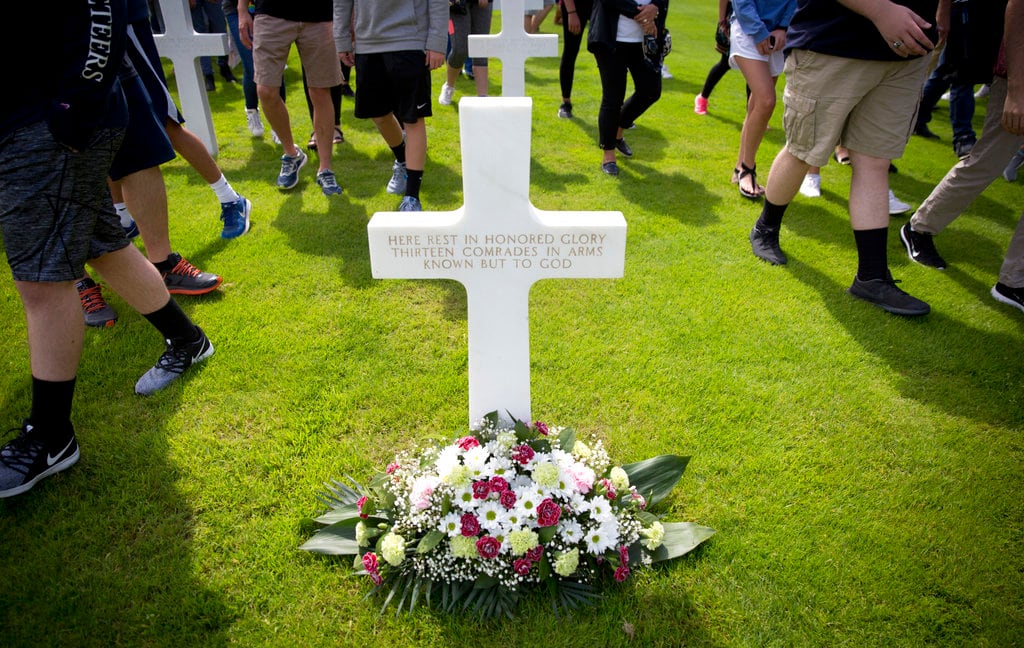A British weapons tracking organization has found that U.S.-made weapons are among armaments captured from the Islamic State group, but those weapons make up a relatively small portion of the militants' overall arsenal.
U.S.-produced equipment accounts for less than 5 percent of the weaponry found in the hands of ISIS fighters, said Jonah Leff, the director of operations at Conflict Armament Research.
"We have documented some U.S. equipment, but we also wanted to set the record straight," Leff said.
During on-field investigations in conflict zones, Leff said researchers have documented approximately "30 to 35 U.S. M16 or M4 rifles, about 500 rounds of ammunition and a couple of tanks and armored personnel cars."
He said the insurgents might have captured most of these items during the attack on the northern Iraqi city of Mosul, which ISIS overran last year.
Although some Americans may be concerned about U.S.-made weapons falling into the hands of terrorist groups, most equipment found in the Middle East has been Soviet-style weapons, according to Shawn Harris, one of the field investigators.
Leff added that newly manufactured Chinese, Iranian, Russian and Sudanese ammunition is prevalent in Syria.
"We are still looking into the exact chain of custody of all this ammunition," he said.
Leff shared his group's findings Tuesday at the Stimson Center, a global security think tank based in Washington, D.C. Conflict Armament Research launched the program last July to aggregate data on weapons and ammunition used by terrorists.
The team consists of 10 members with research and investigative backgrounds, according to Leff. They are gathering data in 14 countries, including Iraq and Syria.
"We have local contacts within the government that give us information about weapons that have been captured" from Islamic State militants, Leff said.
After getting tipped off, the team hurries to the site and documents the items by taking detailed pictures of the equipment, noting serial numbers, manufacturing stamps and fire selectors, all of which help in tracing the objects back to manufacturers.
To date, they have recorded 30,000 weapons, munitions and vehicles.
The program also consists of a European Union-funded project launched in September called iTrace. The website features data on the illegal weapons the team has discovered in various regions, and supports "governments, law enforcement agencies and security forces in identifying illicit weapons."
The program is entering a second phase, sending trace requests to armament manufacturers asking for more information about who purchased the weapons found in conflict zones. Leff said this would help the team understand the chain of custody.
Conflict Armament Research has a couple of goals, Harris said.
"One is to make manufacturers more accountable for making sure the end users are who they intend it to be," he said. "And second is to expose factories that divert weapons … [to] organizations like ISIS."





